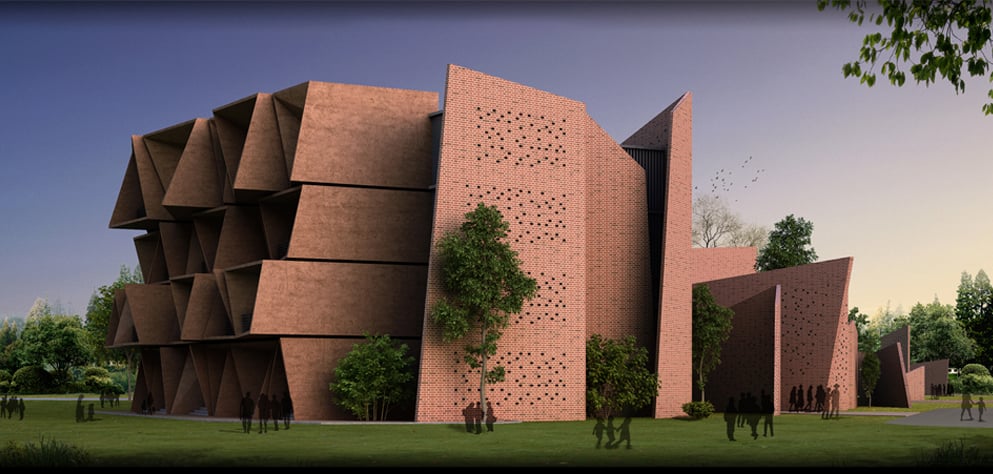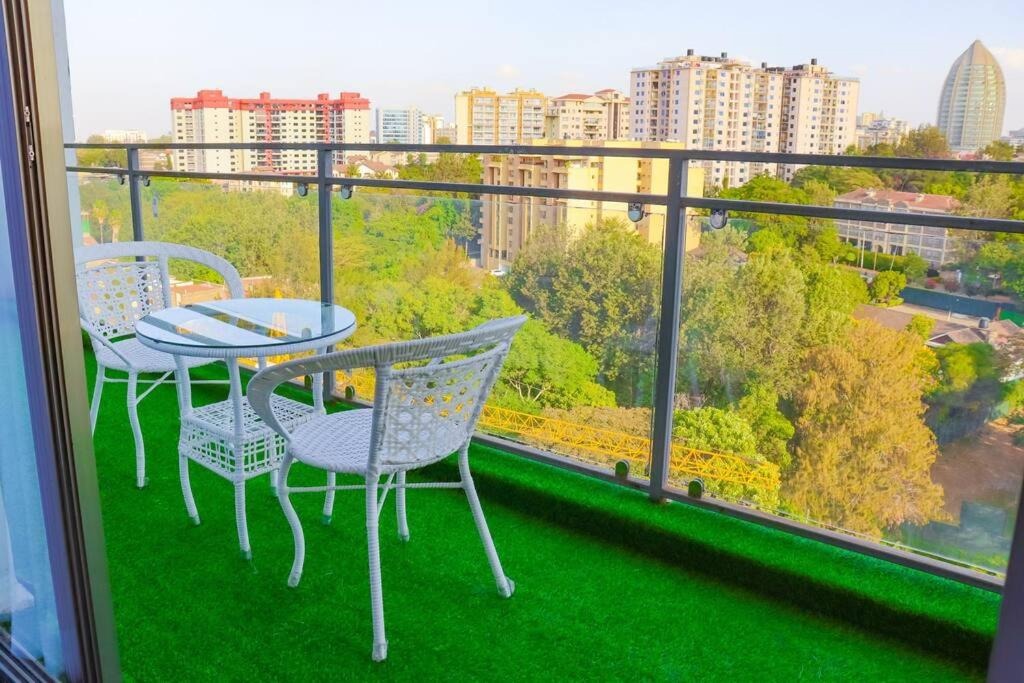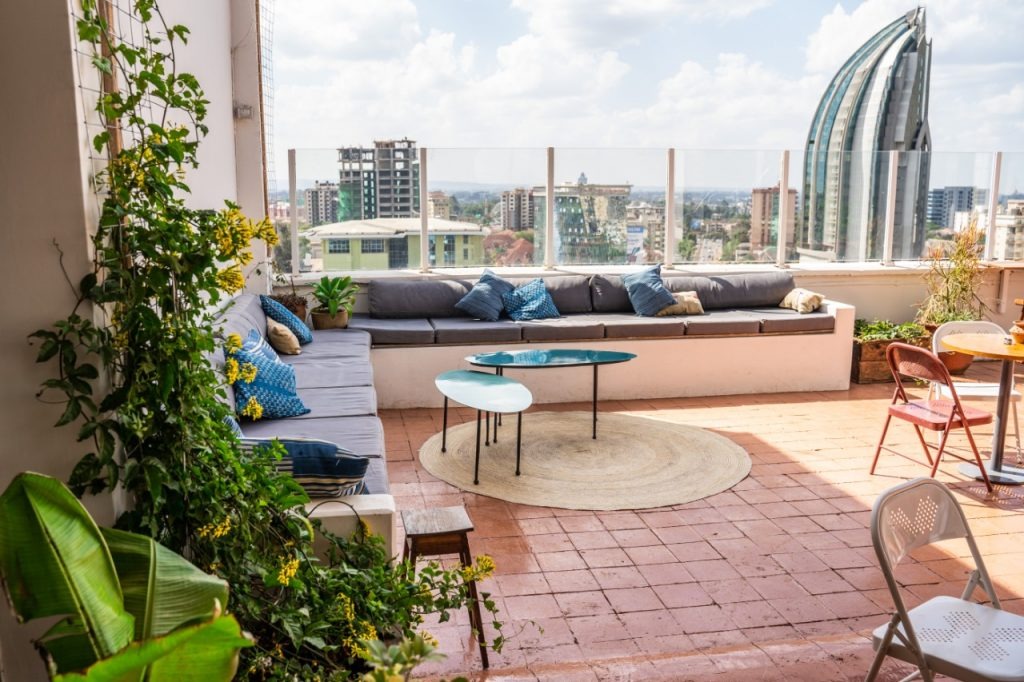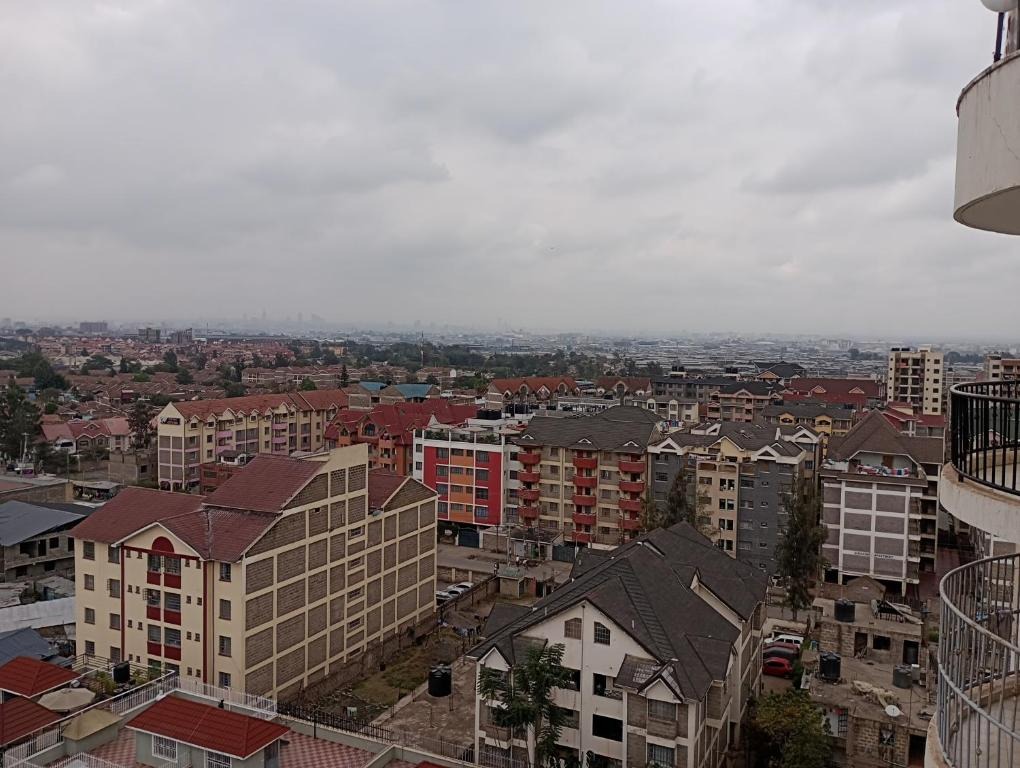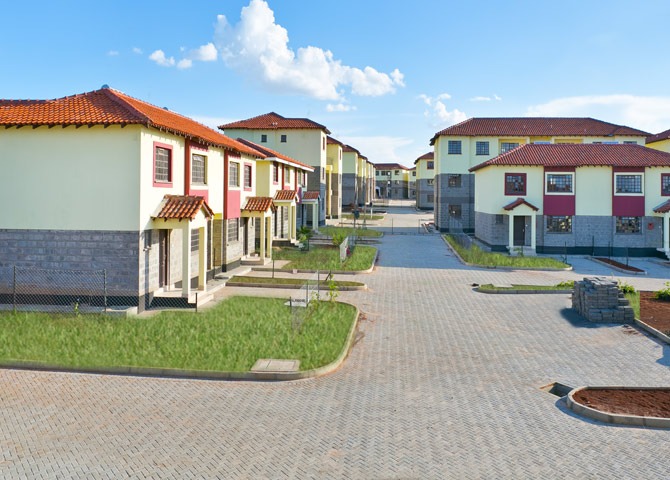The real estate industry is undergoing a transformative shift towards sustainable development, driven by the urgent need to mitigate environmental impact and create more resilient communities. Around the globe, innovative practices are setting new standards for sustainability in real estate. This article delves into exemplary case studies from different continents, showcasing how diverse regions are embracing sustainable development.
Europe: Pioneering Green Buildings in Germany
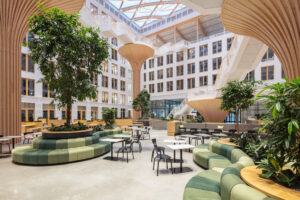
Germany is at the forefront of sustainable real estate development, with its commitment to energy efficiency and green building standards. The city of Freiburg, often referred to as “Green City,” stands out with its Vauban district, a model of sustainable urban living. Vauban incorporates solar energy, green roofs, and eco-friendly building materials. The district’s design promotes walking, cycling, and public transportation, reducing reliance on cars. This holistic approach not only minimizes environmental impact but also fosters a strong sense of community. Freiburg’s success underscores the importance of integrating sustainable practices into urban planning from the outset.
North America: Seattle’s Living Building Challenge
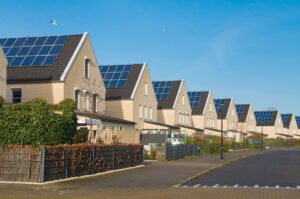
In North America, Seattle’s Bullitt Center is a beacon of sustainable architecture. Dubbed the “greenest commercial building in the world,” it meets the rigorous standards of the Living Building Challenge. The Bullitt Center features solar panels, rainwater harvesting, and composting toilets, achieving net-zero energy and water usage. Its design emphasizes occupant well-being, with abundant natural light and air quality monitoring systems. This project highlights how cutting-edge technology and sustainable design can coexist, setting a benchmark for future developments in the region.
Asia: Singapore’s Green Urbanism
Singapore, known for its innovative urban solutions, has made significant strides in sustainable real estate. The Punggol Eco-Town is a prime example, blending green infrastructure with smart technology. This eco-town integrates green buildings, renewable energy sources, and extensive green spaces, promoting biodiversity. The town’s planning includes water-sensitive urban design, reducing flood risks and enhancing water quality. Singapore’s emphasis on green urbanism illustrates the potential of integrating sustainability into large-scale urban projects, creating livable and resilient communities.
Australia: Melbourne’s Sustainable Precincts
In Australia, Melbourne is leading the way with its sustainable precincts, particularly the Green Square development. This project emphasizes mixed-use development, combining residential, commercial, and recreational spaces. Green Square incorporates sustainable building materials, energy-efficient systems, and extensive public green spaces. The development also features a recycled water system and a green roof initiative, enhancing urban biodiversity and reducing the heat island effect. Melbourne’s approach demonstrates the effectiveness of combining sustainability with community-focused urban design.
Africa: Kenya’s Affordable Green Housing
In Africa, Kenya is addressing both sustainability and affordability through innovative real estate projects. The Karibu Homes initiative in Nairobi exemplifies this dual focus. Karibu Homes utilizes cost-effective, sustainable building materials and solar energy to create affordable housing. The development also incorporates rainwater harvesting and wastewater recycling systems. This approach not only provides affordable homes but also promotes environmental stewardship, showcasing how sustainability can be achieved in emerging markets.
Latin America: Brazil’s Social Housing Revolution
Brazil’s Minha Casa Minha Vida program is transforming social housing with a focus on sustainability. This initiative combines affordable housing with green building practices, such as energy-efficient construction and renewable energy installations. The program aims to reduce urban sprawl by developing housing in well-planned, integrated communities. Minha Casa Minha Vida highlights the potential of large-scale government programs to drive sustainable development and improve living standards for low-income families.
Conclusion: A Global Perspective on Sustainability
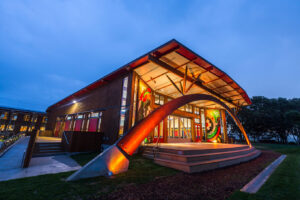
These case studies from different continents illustrate the diverse approaches to sustainable development in real estate. From Germany’s green buildings and Seattle’s living architecture to Singapore’s eco-urbanism, Melbourne’s sustainable precincts, Kenya’s affordable green housing, and Brazil’s social housing revolution, the global real estate industry is embracing sustainability in innovative ways.
The key takeaway from these examples is the importance of integrating sustainability into all aspects of real estate development, from planning and design to construction and operation. By prioritizing environmental impact, resource efficiency, and community well-being, real estate developers can create buildings and communities that not only meet present needs but also ensure a resilient and sustainable future for generations to come.
Sustainable development in real estate is not just a trend but a necessary evolution, as we confront the challenges of climate change and urbanization. Learning from these global case studies can inspire and guide future projects, driving a worldwide movement towards more sustainable, livable, and resilient built environments.

